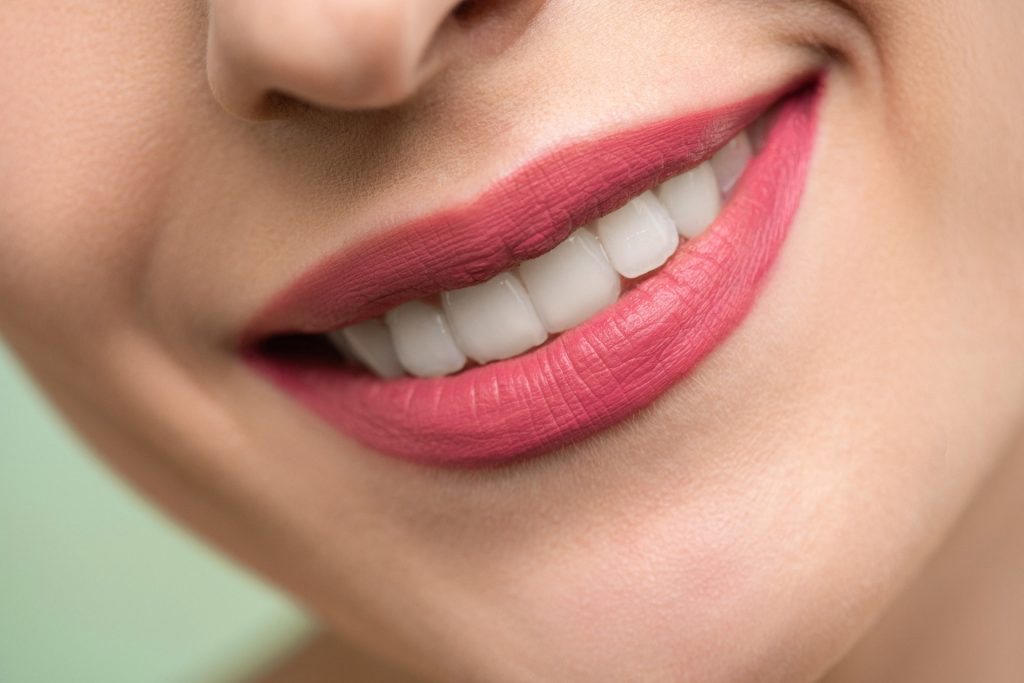Your smile is the first thing most people notice about you – and it can make a powerful first impression. There’s nothing like having a bright, white smile to boost your confidence and to make you look and feel more attractive – but sometimes you need a helping hand with this. This is where teeth whitening comes in – and there is a variety of solutions available. But which is the best?
What is Teeth Whitening?
Teeth erupt during childhood and adolescence, and when they do, they are shiny and usually a bright shade of white. Over time, however, the lustre of the enamel will dull and the teeth may become stained. The bright white smile of your youth may be very different by the time you enter middle age.
The surface of the teeth is made of enamel – this hard substance protects the teeth. Rather than being a solid structure, the teeth are actually porous. This means they allow for the absorption of small amounts of foods and drinks, especially coffee, carbonated drinks, beetroot, liquorice, and red wine. Over time, these materials can settle into the enamel and lead to discolouration and dullness.
The enamel of the teeth can be affected and compromised by an array of things, including:
- Genetics
- Medicines
- Health conditions including certain childhood illnesses
- Dental infection
- Dental trauma
- Presence or absence of fluoride in the water
- Foods and drinks
- Smoking and drug use
- Ageing
- Poor oral hygiene
- Failure to visit your dentist for regular maintenance
Teeth whitening is a safe, effective solution for improving the appearance of dull or stained teeth. It removes stains and discolouration on natural teeth for a brighter, whiter, more beautiful smile. It also closes the pores in the enamel to maintain results for as long as possible.
Types of Teeth Whitening Systems
There are several different types of teeth whitening systems. Some are more effective than others. A good dental clinic will offer several options and whitening products will be among the dental supplies or locally that they have at hand.
- Whitening Toothpaste – these are toothpaste products that not only clean the mouth and help remove some stains from the teeth caused by foods and drinks, but they enhance the stain removal process and help the teeth to shine more brightly. It is a more affordable, convenient option that works best when used daily over several weeks.
- Whitening Strips – available over the counter, these are flexible strips containing whitening materials that are placed over each row of teeth. They are a generic solution that works best on mildly to moderately stained teeth and they work over a few days. It’s a good, budget-friendly option for home use at your leisure.
- Custom Tray Bleaching – this is a much more reliable method for whitening the teeth and may be prescribed by your dentist if he or she deems it more suitable for you than in-chair whitening. The custom-fit trays are filled with whitening products and worn over the teeth for a set period. The entire tooth surfaces are exposed to the whitening agent and they work over a short time. (There are similar products available over-the-counter that are not custom-fit; these are not as effective and may irritate your gums).
- In-Chair Whitening – this is the most professional dental approach to teeth whitening. A whitening agent (concentrated hydrogen peroxide) is applied to the teeth by the dentist and it is then activated by a laser device. Guards are placed to protect the lips and gums during the procedure. It is a very quick process carried out in the dental clinic and it is tailored to best suit your teeth and goals. It is also the recommended approach for people who have oral lesions, receding gums, and other dental issues.
Why Is In-Chair Whitening Better?
While it is more expensive, in-chair teeth whitening elicits by far the best results and is the most effective solution to moderate to severely stained teeth. It is the best option to get great results for discolouration that is caused by infection, tooth trauma, childhood illness, ageing, or medication use.
For some patients, dentists prefer an at-home custom tray treatment approach undertaken under their supervision.
Your dentist must also identify the cause of your discolouration, as for some people, it may be a result not of staining but dental issues such as pulp infection or trauma to the tooth. This type of issue should be ruled out (or treated) before tooth whitening systems are commenced.
Your dentist is the best person to help understand your cosmetic goals for whiter teeth and a brighter smile, and they will provide recommendations based on this, your medical and dental history, your lifestyle and budget, and other factors.
Written by Alana Wills, Freelance Contributor on behalf of www.adamdental.com.au


